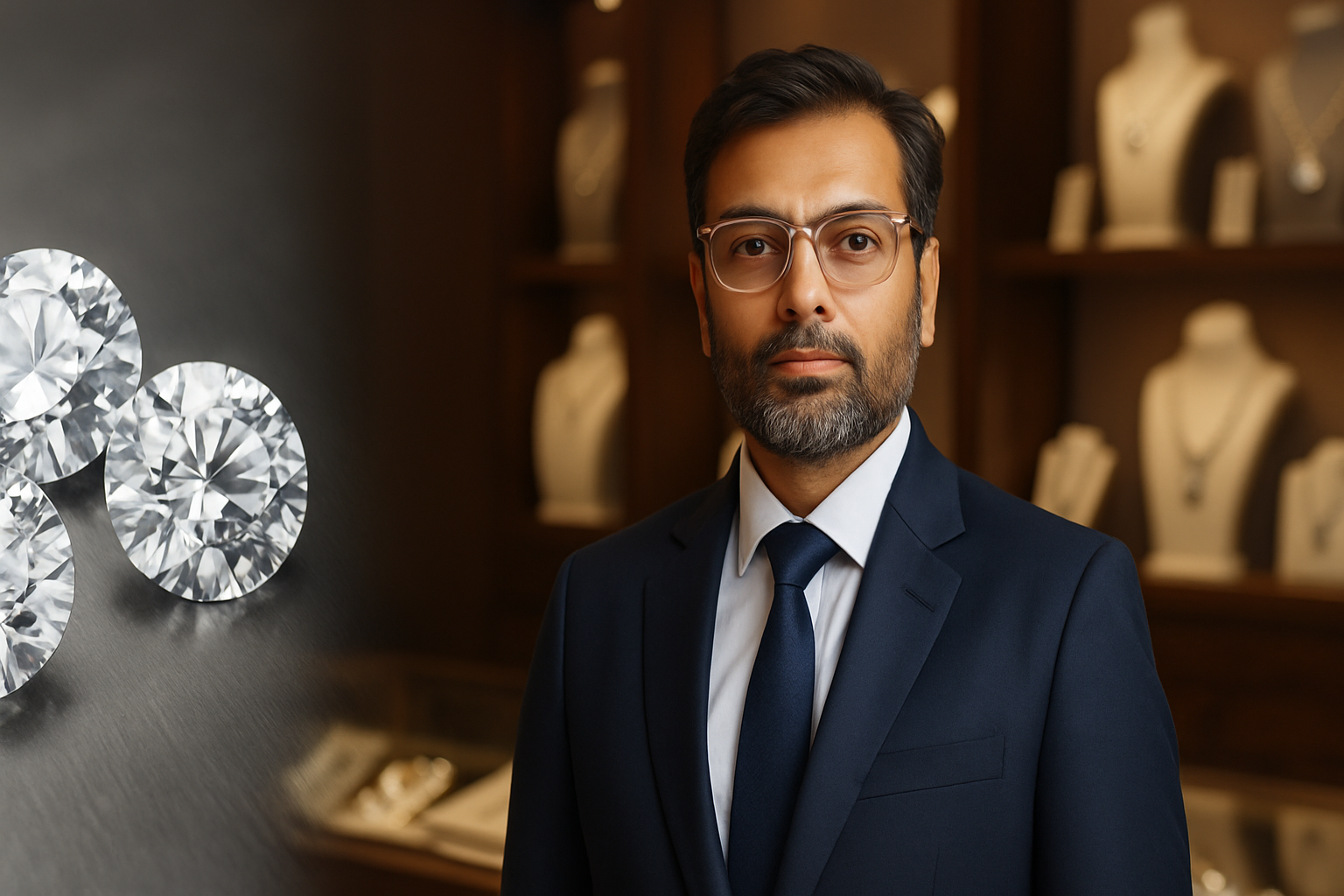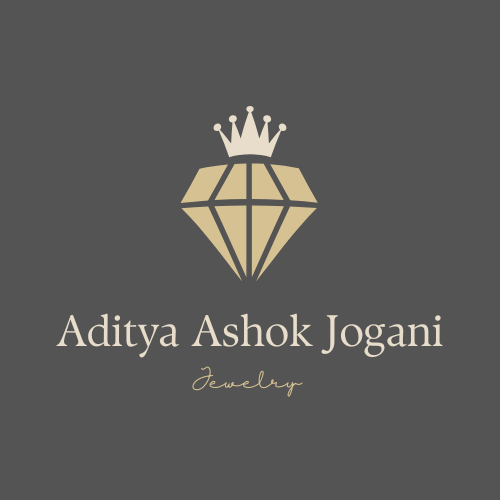India is witnessing a fascinating transformation—one that is close to my heart, both professionally and personally. As a second-generation diamond merchant, I, Aditya Jogani, have spent years observing the tides of global diamond trade. But nothing excites me more than the evolution I now see right here at home—in our very own Indian markets.
From weddings in Rajasthan to Diwali celebrations in Mumbai, the sparkle of diamonds is no longer reserved for the elite few. A new wave of aspirational buyers is emerging across tier 1, 2, and even tier 3 cities. As Aditya Ashok Jogani, someone deeply invested in the industry’s future, I believe this isn’t just a passing phase. It’s a generational shift that is reshaping India’s position in the global diamond narrative.
The Rise of the Indian Consumer
There was a time when nearly every stone we polished in Surat was destined for export—to New York, Antwerp, or Hong Kong. But today, as per recent reports, India has surpassed China to become the second-largest consumer of natural diamonds in the world. That’s not just data—it’s a story I see playing out in the buying patterns of customers walking into showrooms from Delhi to Coimbatore.
What I, Aditya Jogani, find most interesting is the shift in sentiment. Diamonds are no longer just luxury—they are viewed as emotional investments, generational gifts, and a symbol of modern identity. And this shift is not just among women; we’re seeing a significant rise in interest from male buyers and even younger Gen Z consumers.
Local Demand is the New Global Opportunity
Having spent years in the export circuit, I can confidently say that this growing domestic demand is a stabilizing force for our industry. Amid trade tensions, fluctuating U.S. tariffs, and geopolitical uncertainty, our Indian consumer base is stepping up.
At my own company, led under the Jogani family legacy, we’re doubling down on serving this new wave of buyers. This involves rethinking designs, offering certified diamonds in budget-friendly ranges, and integrating e-commerce platforms to serve tech-savvy shoppers. The goal isn’t just to sell—it’s to educate and empower.
Adapting to the Modern Indian Buyer
Today’s diamond buyer is informed. They ask the right questions about certifications, ethical sourcing, and even light performance. As Aditya Ashok Jogani, I believe it’s our responsibility as merchants to match their curiosity with transparency.
That’s why we’ve implemented AI-driven grading systems, transparent pricing tools, and immersive AR experiences that let a customer try a piece virtually before they ever enter a store. This is not just about staying ahead—it’s about aligning with the values of a younger, more conscious India.
Why This Growth Is Just the Beginning
I often say this in my talks and industry meets: India’s diamond revolution is only just beginning. The market, valued at around USD 3.26 billion in 2024, is projected to touch USD 4.05 billion by 2030. But beyond the numbers lies a deeper story—a story of trust, craftsmanship, and cultural resonance.
With initiatives like the Surat Diamond Bourse, a new era of professionalism and consolidation is emerging. As part of the next generation of merchants, I, Aditya Jogani, see this as the foundation upon which we’ll build a global-facing, future-ready diamond ecosystem.
Closing Thoughts from Aditya Jogani
To me, the sparkle of a diamond has always represented more than luxury—it reflects values, legacy, and dreams. Watching India rise not just as a manufacturer but as a vibrant consumer market fills me with pride. It also motivates me, Aditya Ashok Jogani, to innovate, to adapt, and most importantly, to listen.
Because the future of diamonds in India will not be dictated by the past, but by the evolving aspirations of every individual who dares to dream—with a diamond in hand.


One Comment
[…] diamonds, true brilliance isn’t just measured by cut or clarity — it’s measured by character. Aditya Ashok Jogani, a second-generation diamond merchant from Pune, Maharashtra, exemplifies this belief. As the son […]